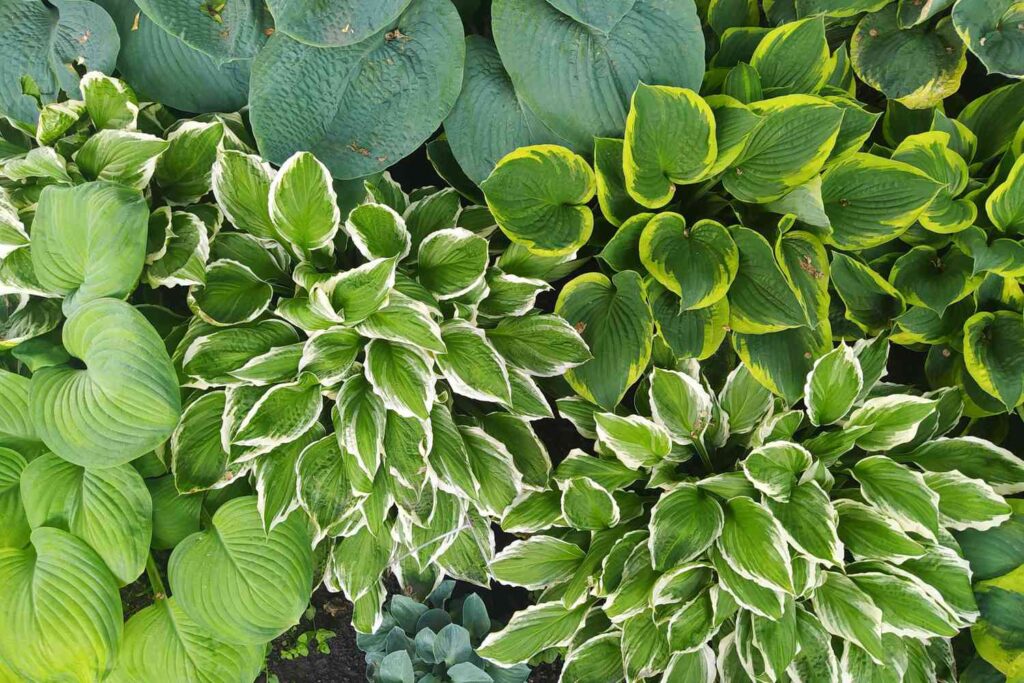Creating a thriving shade garden can transform those challenging dark spots in your yard into lush, vibrant spaces bursting with life. Whether you’re working with dappled sunlight under trees or deep shade against a north-facing wall, these expert tips will help you design and maintain a stunning shade garden that flourishes year after year.
Understanding Your Shade Garden Environment
1. Identify Your Shade Type
Not all shade is created equal. The first step to a successful shade garden is understanding exactly what type of shade you’re dealing with. Monitor your garden space throughout the day to determine whether you have:
Light shade: 3-4 hours of direct sun, usually morning light
Partial shade: 2-3 hours of filtered sunlight
Full shade: Less than 2 hours of direct sunlight
Deep shade: No direct sunlight and very little reflected light
2. Test Your Soil Quality

Shade gardens often compete with tree roots for nutrients and moisture. Conduct a soil test to determine:
- pH levels
- Nutrient content
- Drainage capabilities
- Organic matter content
3. Evaluate Moisture Conditions
Different shaded areas have varying moisture levels. Map out your garden’s moisture patterns during both wet and dry periods to plan appropriate plant placement.
Plant Selection and Design
4. Choose Shade-Loving Plants

Select plants specifically adapted to shade conditions. Some reliable choices include:
- Hostas for ground cover
- Ferns for texture
- Astilbe for flowering color
- Japanese Forest Grass for movement
- Bleeding Hearts for spring blooms
5. Layer Your Plants
Create visual interest by incorporating different heights:
- Tall plants: Japanese Maples, Rhododendrons
- Mid-height: Ferns, Hellebores
- Ground cover: Wild Ginger, Sweet Woodruff
6. Add Season-Long Interest
Plan for continuous visual appeal by including:
- Spring bulbs like Snowdrops and Lily-of-the-Valley
- Summer-blooming Astilbe and Ligularia
- Fall color from Japanese Forest Grass
- Winter interest from evergreen ferns and holly
7. Incorporate Texture
Mix different leaf shapes and sizes:
- Large leaves: Hostas, Ligularia
- Fine texture: Ferns, Japanese Forest Grass
- Medium texture: Heuchera, Brunnera
Maintenance and Care
8. Prepare the Soil Properly
Success starts with soil preparation:
- Add organic matter to improve drainage
- Incorporate compost for nutrient content
- Mulch to retain moisture and suppress weeds
9. Water Strategically

Develop an effective watering strategy:
- Water deeply but less frequently
- Monitor soil moisture regularly
- Consider installing a drip irrigation system
10. Maintain Proper Spacing
Allow enough room between plants for:
- Air circulation
- Future growth
- Easy maintenance access
11. Prune Regularly
Keep your shade garden healthy with proper pruning:
- Remove dead or damaged foliage
- Shape plants to maintain form
- Thin out overcrowded areas
Design Elements and Enhancements
12. Use Light Colors
Brighten dark areas with:
- White-flowering plants
- Variegated foliage
- Light-colored mulch or stones
13. Add Garden Art
Incorporate decorative elements:
- Mirrors to reflect light
- Garden sculptures
- Bird baths or fountains
14. Create Pathways
Design accessible paths using:
- Stepping stones
- Gravel
- Mulch trails
15. Install Proper Lighting
Enhance evening enjoyment with:
- Solar path lights
- Up-lighting for trees
- Low-voltage landscape lighting
Problem-Solving Strategies
16. Manage Root Competition
Deal with tree root issues by:
- Using raised beds
- Container gardening
- Selecting shallow-rooted plants
17. Control Pests and Diseases
Maintain plant health by:
- Providing good air circulation
- Monitoring for common shade garden pests
- Using organic pest control methods
Conclusion
Creating a successful shade garden requires careful planning, appropriate plant selection, and consistent maintenance. By following these 17 tips, you can transform your shaded space into a thriving garden sanctuary that provides beauty and enjoyment throughout the year. Remember that patience is key – shade gardens often take time to establish, but the result is worth the wait.
Looking to start your shade garden journey? Begin by assessing your space and selecting a few key plants that match your shade conditions. With time and care, your shade garden will become a cool, refreshing retreat in your landscape.

